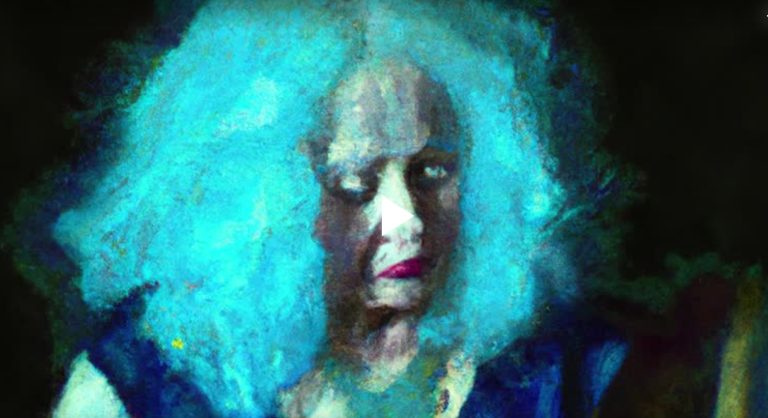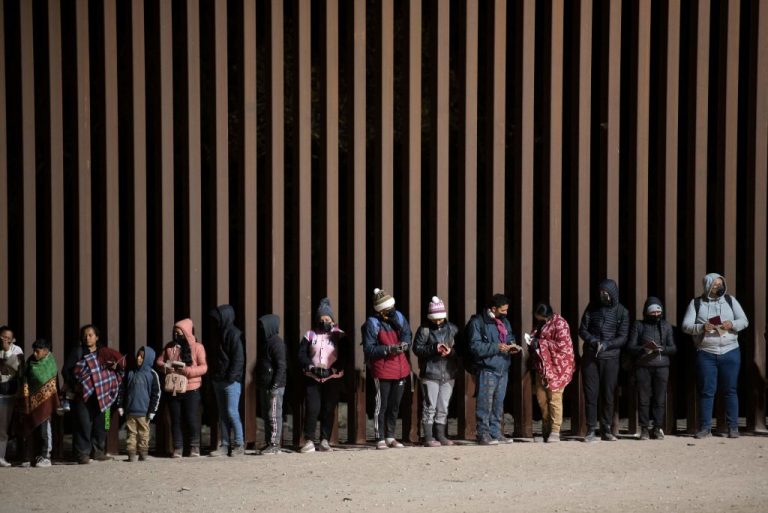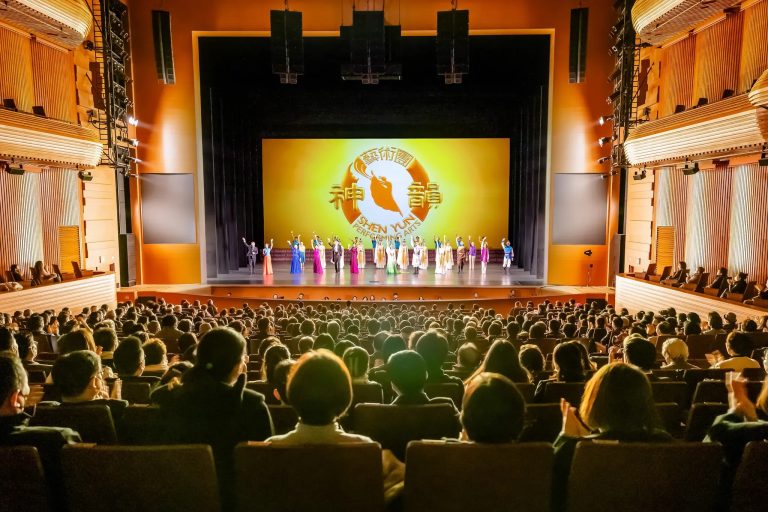A legal test case over the copyright of an AI-generated graphic novel has possibly touched upon far-reaching judicial, financial, and ethical consequences concerning authorship, financial rewards, and the role of AI itself.
Last year, Manhattan-based artist Kris Kashtanova created a graphic novel, Zarya of the Dawn, based on prompts she typed into Midjourney, an AI program similar to ChatGPT that produces illustrations.
The story follows a character resembling the actress “Zendaya” who roams a deserted Manhattan hundreds of years in the future.
Meanwhile, in this era where artists increasingly use artificial intelligence (AI) driven tools like Midjourney and Stable Diffusion, the legal system still hasn’t decided who owns the creative output and may reap the revenues thereof – the users, the owners of the programs, or the machine.
“I think the truth is that it’s the first AI-assisted work that got any copyright at all. I’ve never heard of any other AI-assisted work that was copyrighted,” said Kashtanova, who filed and received copyrights for her AI-generated graphic novel in September last year.
Success
You are now signed up for our newsletter
Success
Check your email to complete sign up
But in February, the U.S. Copyright Office suddenly changed its definitions, and Kashtanova became the first person in the country to be stripped of legal protection for AI, inciting a controversy over who created and thus owns the rights of an artwork: the human or an algorithm.
Created by the ‘Holy Spirit’
“The images were generated using a generative A.I. called Mid Journey,” Ryan Merkley, Aspen Digital managing director and former chief of Creative Commons, told Reuters.
“And they were upfront about that, and they submitted it for registration with the Copyright Office, which you don’t have to do. Copyright is automatic, and you don’t have to do that,” Merkley added.
“They likely did that because they were hoping to see if they could get a copyright for A.I.-generated works. And what the Copyright Office said was, you can’t.”
READ MORE:
- 300 Million Jobs Threatened By Artificial Intelligence, Goldman Sachs Says
- AI Experts Call for a ‘Pause’ On Further Development, Say Otherwise Governments Should ‘Step In’
- E-Commerce Giant Alibaba to Split Into 6 Firms and Pursue Separate IPOs to Streamline Operations
- Big Tech Bets On Artificial Intelligence to Reinvent Internet Search
The images in Zarya, the Office argued, were “not the product of human authorship.” However, Kashtanova was not devoid of all her efforts’ fruits.
“What they said in the letter is, that, as a comic book and the whole, the arrangement and my story, because I wrote it myself, those things are copyrighted,” Kashtanova explained. “But every single image by itself aren’t.”
Judicial bodies, including the U.S. Supreme Court, have long stuck to the principle that an author has to be a human being. But that was from before artificial intelligence entered the ring.
In rejecting legal protection for the Zarya images, the office based their ruling on former cases where legal protection was denied for a selfie snapped by a curious monkey named Naruto and for a song that the authorship applicant said had been conceived through “the Holy Spirit.”
Billions of dollars on the hinge
Meanwhile, billions of dollars could be on the hinge of the outcome of the legal battle, specialists articulated as businesses could use AI to create and hold the royalties to vast amounts of low-cost graphics, music, video, and text for advertising, branding, and entertainment.
Now, with the help of Morrison Foerster and its veteran copyright lawyer Joe Gratz, the artist is pushing the boundaries of the law once more. For her new book, Kashtanova has been using a different AI program, Stable Diffusion, and she will again file for owning the intellectual property thereof.
Stable Diffusion can scan the artist’s drawings and process or enhance them through text prompts and suggestions offered by the user. The artist hopes that taking her original artwork as a starting point will furnish enough ground and enough of a “human” element to convince the judges.
“Right now, I take my own photos, and I train my models, and then if I take photos like of my face, I can generate A.I. images of myself,” she said. “So that’s a lot of creativity. So I feel like maybe that is what is going to be copyrightable. I would like to try and copyright my next comic book.”
‘Disruptive innovation’
If users and owners of the new AI systems could get copyrights, they would reap huge benefits, said Ryan Merkley, Aspen Digital managing director and former chief of Creative Commons.
“Intellectual property and copyright, in particular, is how we control and profit from creativity in our society,” Merkley said. “If we break copyright, we will affect our global economy. And so to say that it’s a, you know, a multitrillion-dollar question is true because every single thing that is copyrighted would, could potentially be affected.”
And what we’re looking at right now is new tools that can create copyright by the millions, by the day. And so that’s, that’s a game changer. It is literally the definition of disruptive innovation.”
Reuters contributed to this report
















